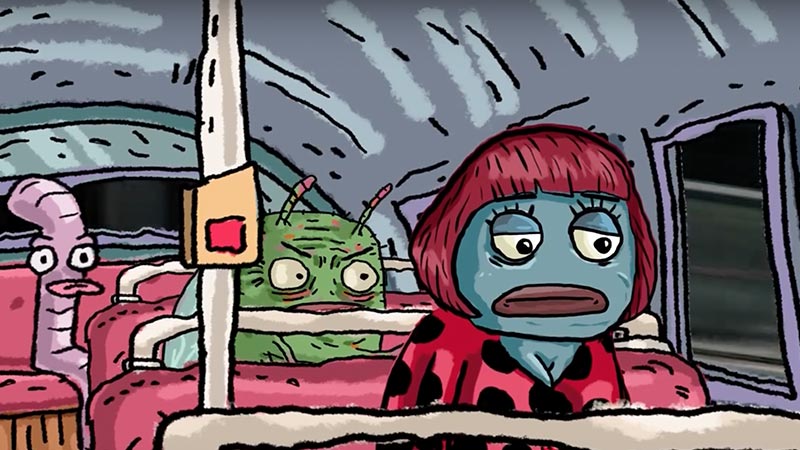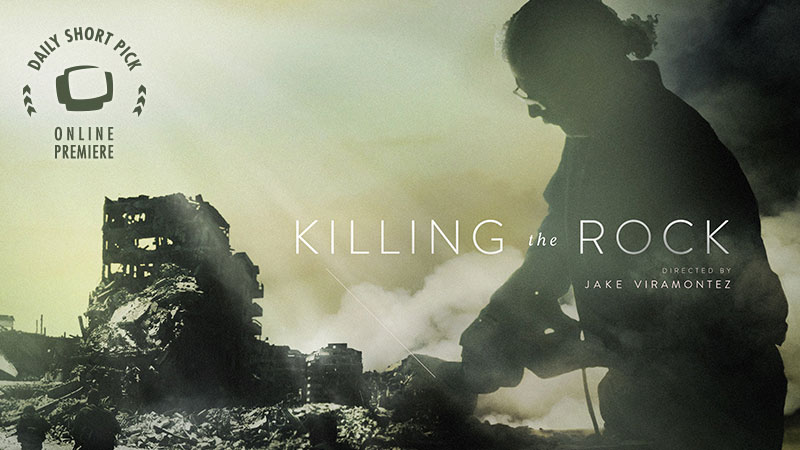In the wake of personal tragedy, a legendary indie-rock musician moves to the remote San Juan Islands to raise his only daughter.
Directors Statement
I was born and raised in Northern Washington State. The music of the Northwest has always been huge inspiration for me; Fleet Foxes, Modest Mouse, and The Microphones . Like so many The Glow Pt. 2 had a lasting impact on me. In my mind, music is the highest form of art, and it’s my goal to create a film that gives me the same feeling my favorite albums do. I’m naturally drawn to stories about musicians and Phil is a “character” I had in the back of my mind for a while. I was intrigued with him as an artist and also felt a sense of connection to him, since both of us are from the Pacific Northwest. After the passing of Geneviève and listening to A Crow Looked At Me, I began to feel like I had to make this film. But, I wasn’t sure where to start. How could I possibly approach Phil? “Hey I’m this person you’ve never met, I want to come make a film about you and your daughter and your dead wife.” Why would he ever be interested in that? A few years go by and I find myself in Mexico randomly sitting in a pool with Phil’s uncle, Tim, I couldn’t believe it. Another year goes by and I finally find the courage to ask Tim to connect Phil and I. A few days later I awake to an email from Phil asking what my vision was for the film. Knowing he was genuinely interested in the project meant the world to me. So, after a short pre-production we started shooting in September 2020. I was joined by my good friend and cinematographer, Riley Donavan, without Riley this never would have happened. I’m very grateful for him embarking on this journey with me. We stayed with Phil and his daughter for five days at their home in the San Juan Islands. Eating breakfast with them in the mornings, drinking fancy European wine with Phil at night. Nothing was scripted, nothing was forced, just pure observation. I’m eternally grateful to Phil for opening his life to us and for being an amazing collaborator and teacher. Part of me is still amazed at how this all came together, but at the same time it all makes perfect sense. The way it happened was so natural, the connectivity of it, the circularity. It feels like it was meant to be.
Cinematography
From the very beginning it was Phil’s photography, and all it’s grainy imperfect rawness, that set the initial visual inspiration and style of the piece. I had never heard of him and it was Mattias who first played his albums and walked me through who this person was to him and to the larger musical world. I saw his music and his photography as being made of the same DNA. I felt a connection to his observations on the nature of time. Phil is a master of observation both present and past, and can look at his life with incredible honesty. I knew this film would be a study of impermanence, in a sense this film is already a memory.
Mattias and I selected a specific set of stills lenses from the 50’s that felt like the right amount of imperfect. The 20mm, 35mm and 80mm carry most of the film. We both fell in love with the 20mm and it delivered some of the most intimate moments. The Elverums were very open to us and you can feel this energy in the images. The more we shot the more a dance formed between us. The 1:85 aspect ratio keeps it in the visual language of photography, and the rawness in movement and exposure keep it from feeling overworked, something that would destroy the soul of the film. The sensitivity of color and tone was handled by our unbelievably tasteful Colorist Dylan Hagemen whose work I have always admired.
The result is a film about the small beauty in everyday life. It’s about noticing things through different eyes. Sometimes it’s the eyes of a child, sometimes a father, sometimes a musician. Phil’s life is fluid between these ideals and hopefully our imagery flows in tandem with them, gracefully observing from within their world.



